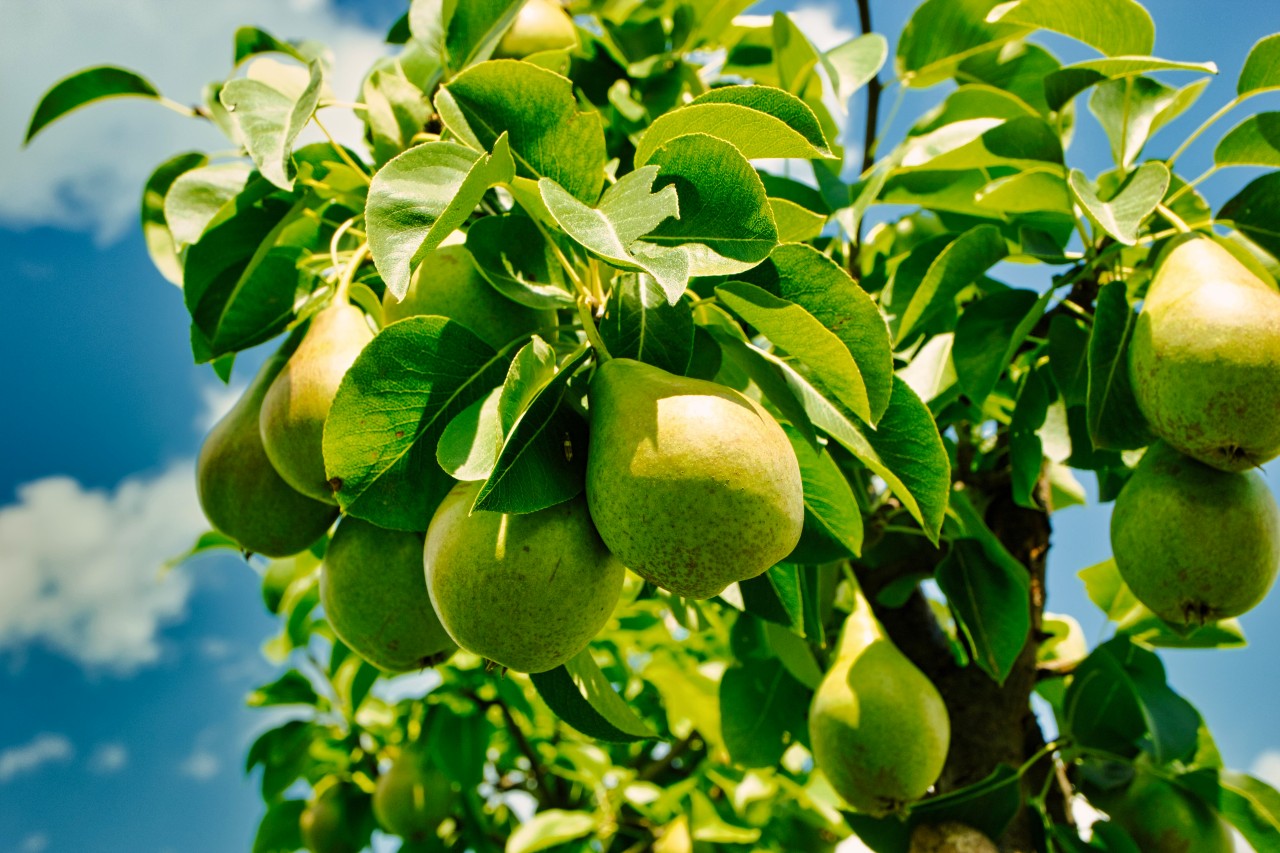When it comes to growing pear trees, you need to consider your climate. If you live an area with a shorter growing season (or maybe one that tends toward the warmer side), you want to make sure that your tree can reach maturity and bear fruit within the right time frame. If you live in a cooler region, though, you can grow varieties of pear that take more time to bear fruit. To help you out, we’ve put together this handy guide for choosing the best pear tree for planting based on where you live:
Northern Pear Trees
With their medium-sized, spreading habit and self-fertile nature, northern pear trees are a great choice for growers in USDA zones 3 through 6. They’re hardy and disease-resistant too!
If you’re looking for something that will grow well in your area, then consider the northern variety of pears.
Southern Pear Trees
Southern pear trees are best suited to areas with a warm climate and long growing season. These trees thrive in the southern United States, where they grow most abundantly. Southern pears are also popular for home orchards because their fruit can be used in cooking and baking and their flowers are edible!
Southern pears are perfect for anyone who wants to grow fruit in their backyard but has limited space—their small size allows you to plant them even if you have limited square footage available. Also, these trees produce fruit sooner than other types of pear tree, so if you’re looking for something that will bear fruit right away instead of waiting several years until your tree becomes mature enough before it starts producing any fruit at all (like some other types do), then go ahead and choose Southern pears instead!
Different pear trees grow better in different regions, so it’s important to know what pear tree to grow based on where you live.
Different pear trees grow better in different regions, so it’s important to know what pear tree to grow based on where you live.
If you live in the northern United States, choose a hardy European or Asian pear tree that can withstand cooler temperatures. These varieties generally have smaller fruits than those grown in the southern states.
In warmer climates that have longer growing seasons, try growing an American or French variety of pear tree that produces larger fruit.
Conclusion
We hope this has helped you learn more about growing pear trees in your garden and finding the best climate for you. We know that no matter what your climate is like, there are pear trees out there that will thrive in it. Happy planting!
























